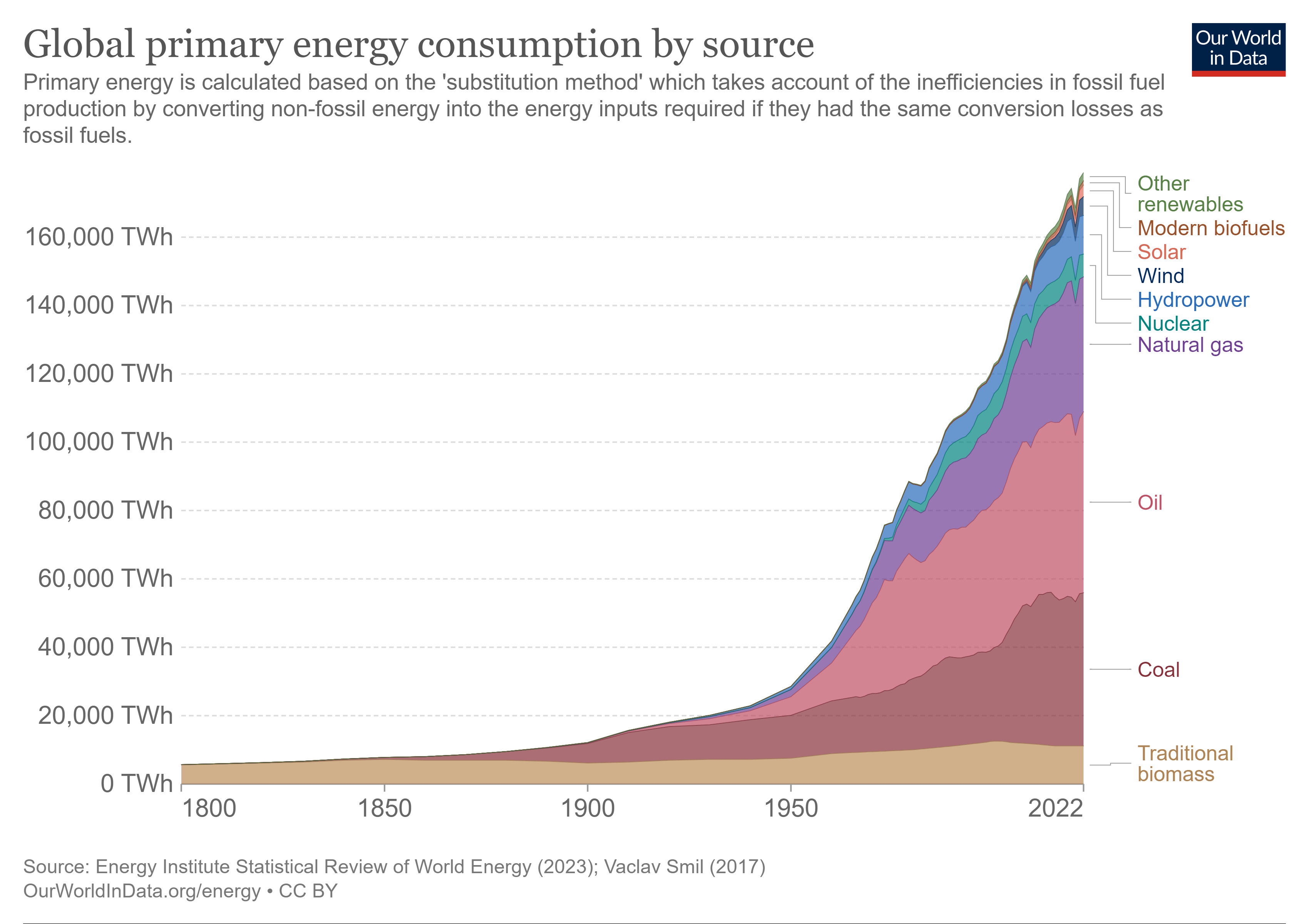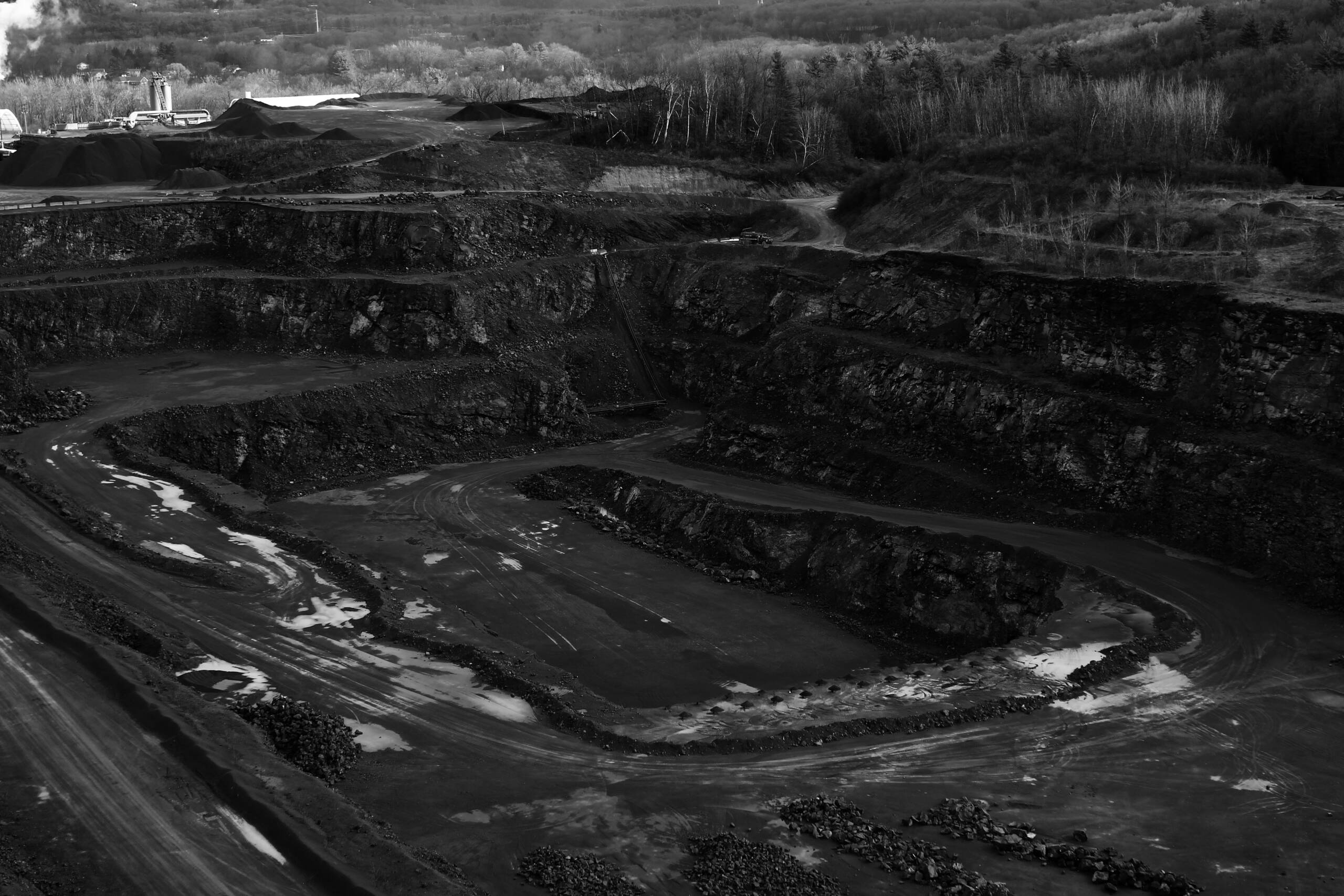Coal: the “Dirty” but always present energy source

Fossil coal, hated by environmentalists, is however still an essential component in energy production in the modern era, after having been the protagonist, in some moments almost absolute, for the last 200 years.
Here is an updated graph showing the weight of coal in the global energy mix, where anocra produces 44 Terawatts/h of energy
What is coal?
Fossil coal, or coal, is a black or dark brown sedimentary rock, formed by the remains of plants and vegetal substances that have transformed over millions of years under the effect of pressure, temperature and the absence of oxygen. Hard coal is a fossil fuel, that is, a source of energy that derives from living organisms buried underground in remote geological times.
Hard coal has played a fundamental role in human history, particularly during the Industrial Revolution, when it was used to power steam engines, locomotives, ships and factories. Even today, hard coal is one of the main sources of electricity in the world, even if its use causes serious environmental problems, such as the emission of greenhouse gases, air pollution and the production of toxic waste.
Hard coal is formed from peat, an organic material composed of dead plants that accumulate in humid and marshy areas. The peat is progressively buried by other layers of sediment and undergoes a carbonification process, which increases its carbon content and reduces that of oxygen, hydrogen and other elements. Carbonification depends on time, depth and the geological conditions in which it occurs.
Depending on the degree of carbonification, different types of hard coal are distinguished:
-
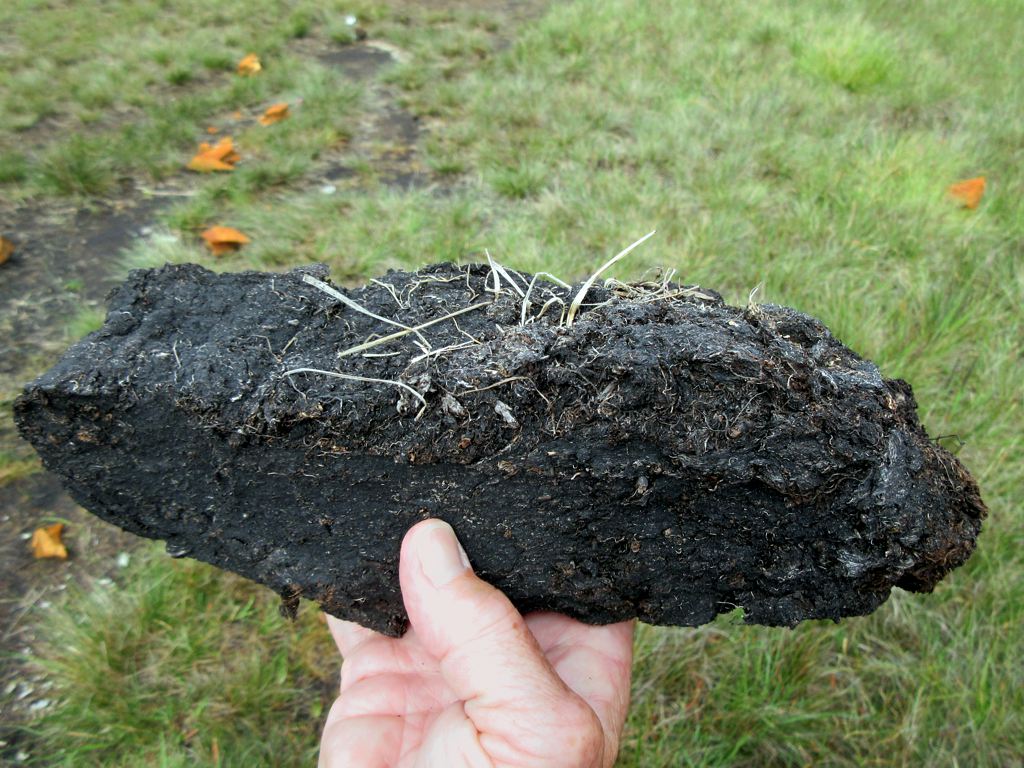
Peat is the most recent and least processed material, with a carbon content of around 60% and a low calorific value. It has a brown color and a fibrous consistency. It was formed in the Quaternary era (from 2.6 million years ago to today). Used locally as fuel still in Ireland;
-
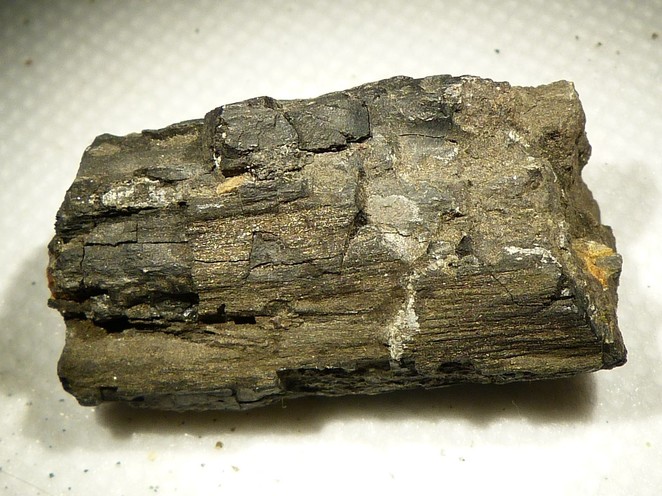 Lignite is an intermediate stage between peat and real coal, with a carbon content of around 70% and an average calorific value. It has a dark brown color and a woody texture. It was formed in the Tertiary era (from 66 to 2.6 million years ago). Still used as a fuel in Germany, although gradually abandoned because it is very polluting and has low energy capacity.
Lignite is an intermediate stage between peat and real coal, with a carbon content of around 70% and an average calorific value. It has a dark brown color and a woody texture. It was formed in the Tertiary era (from 66 to 2.6 million years ago). Still used as a fuel in Germany, although gradually abandoned because it is very polluting and has low energy capacity. -
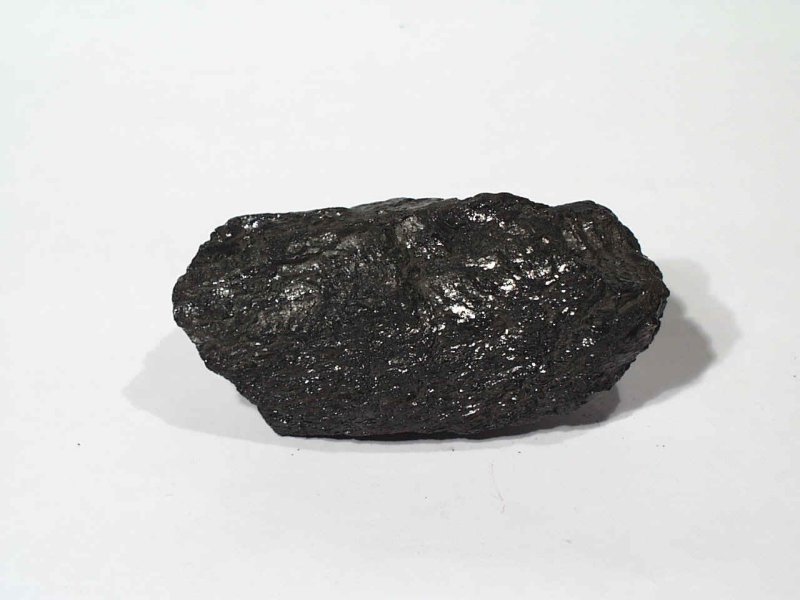 Litantrace is the most widespread and used coal, with a carbon content of up to 90% and a high calorific value. It has a black color and a compact consistency. It was formed in the Carboniferous era (from 359 to 299 million years ago).
Litantrace is the most widespread and used coal, with a carbon content of up to 90% and a high calorific value. It has a black color and a compact consistency. It was formed in the Carboniferous era (from 359 to 299 million years ago). -
 Anthracite is the purest and most processed coal, with a carbon content of over 90% and a very high calorific value. It has a shiny black color and a hard consistency. It was formed in the Carboniferous era or earlier. Practically it is almost pure carbon in the amorphous state.
Anthracite is the purest and most processed coal, with a carbon content of over 90% and a very high calorific value. It has a shiny black color and a hard consistency. It was formed in the Carboniferous era or earlier. Practically it is almost pure carbon in the amorphous state.
In addition to fossil coals, there are also artificial or non-fossil coals, obtained from the processing of wood or the coal itself:
– **Vegetable charcoal** is obtained from the incomplete combustion of wood in the absence of air. It has a carbon content of around 80% and a high calorific value. It is used as a domestic or industrial fuel, as a material for steel production or as a filter for water and air purification.
– **Coke** is obtained from the distillation of litantrace at high temperatures (over 1000 °C) in the absence of air. It has a carbon content of around 95% and a very high calorific value. It is mainly used as a reductant in the production of iron and steel.
– The **retort** is obtained by distilling peat at moderate temperatures (500-600 °C) in the absence of air. It has a carbon content of around 75% and an average calorific value. It is used as fuel or fertilizer.
Fossil coal is a non-renewable resource, meaning it runs out over time and does not regenerate at the same rate as it is consumed. The world's hard coal reserves are concentrated in a few geographical areas, mainly in China, the United States, Russia, Australia and India.
The extraction of fossil coal occurs through underground or open-pit mines, even of considerable size. The world's largest coal mine by reserves is the North Antelope Rochelle Coal Mine in the Powder River Basin of Wyoming, United States.
Fossil coal is a cheap and abundant source of energy, but also very polluting and harmful to the climate. The combustion of fossil coal produces carbon dioxide (CO2), the main gas responsible for the greenhouse effect and global warming. Furthermore, hard coal contains impurities such as sulphur, nitrogen, mercury and other heavy metals, which during combustion generate acidic oxides, fine dust and other substances harmful to human health and ecosystems.
To reduce the environmental impact of fossil coal, technologies are being developed that allow the CO2 produced by combustion to be captured and stored (CCS) or to transform coal into gas or liquid before burning it (gasification and liquefaction). However, these solutions are still expensive and complex to implement at scale. The most sustainable alternative is to replace fossil carbon with renewable energy sources, such as sun, wind, water or biomass.
Producers and users of hard coal
Which countries in the world produce the greatest quantity of coal, and which are the largest producers, according to 2020 data?
1. China: 3,974 million tonnes (Mt), 50% of world production
2. India: 760 Mt, 10% of world production
3. Indonesia: 564 Mt, 7% of world production
4. Australia: 503 Mt, 6% of world production
5. United States: 502 Mt, 6% of world production
6. Russia: 440 Mt, 6% of world production
7. South Africa: 257 Mt, 3% of world production
8. Kazakhstan: 117 Mt, 1% of world production
9. Colombia: 86 Mt, 1% of world production
10. Ukraine: 65 Mt, 1% of world production
As can be seen, the top five countries alone cover 80% of global coal production, while the top ten countries account for 91%. This means that the coal market is very concentrated and dependent on a few players.
The main users, according to IEA 2018 data, are the following
1. China: 4,319 Mt, 52% of world consumption
2. India: 966 Mt, 12% of world consumption
3. United States: 637 Mt, 8% of world consumption
4. Japan: 187 Mt, 2% of world consumption
5. Indonesia: 171 Mt, 2% of world consumption
6. Russia: 161 Mt, 2% of world consumption
7. South Africa: 142 Mt, 2% of world consumption
8. Germany: 131 Mt, 2% of world consumption
9. South Korea: 129 Mt, 2% of world consumption
10. Türkiye: 101 Mt, 1% of world consumption
Again, it can be observed that the top five countries absorb 76% of global coal consumption, while the top ten countries account for 85%. Furthermore, it can be noted that China is both the largest producer and largest consumer of coal in the world, with a much higher share than other countries.

Thanks to our Telegram channel you can stay updated on the publication of new Economic Scenarios articles.
The article Coal: the “Dirty” but ever-present energy source comes from Economic Scenarios .
This is a machine translation of a post published on Scenari Economici at the URL https://scenarieconomici.it/il-carbone-la-fonte-di-energia-sporca-ma-sempre-presente/ on Thu, 14 Sep 2023 09:38:42 +0000.

